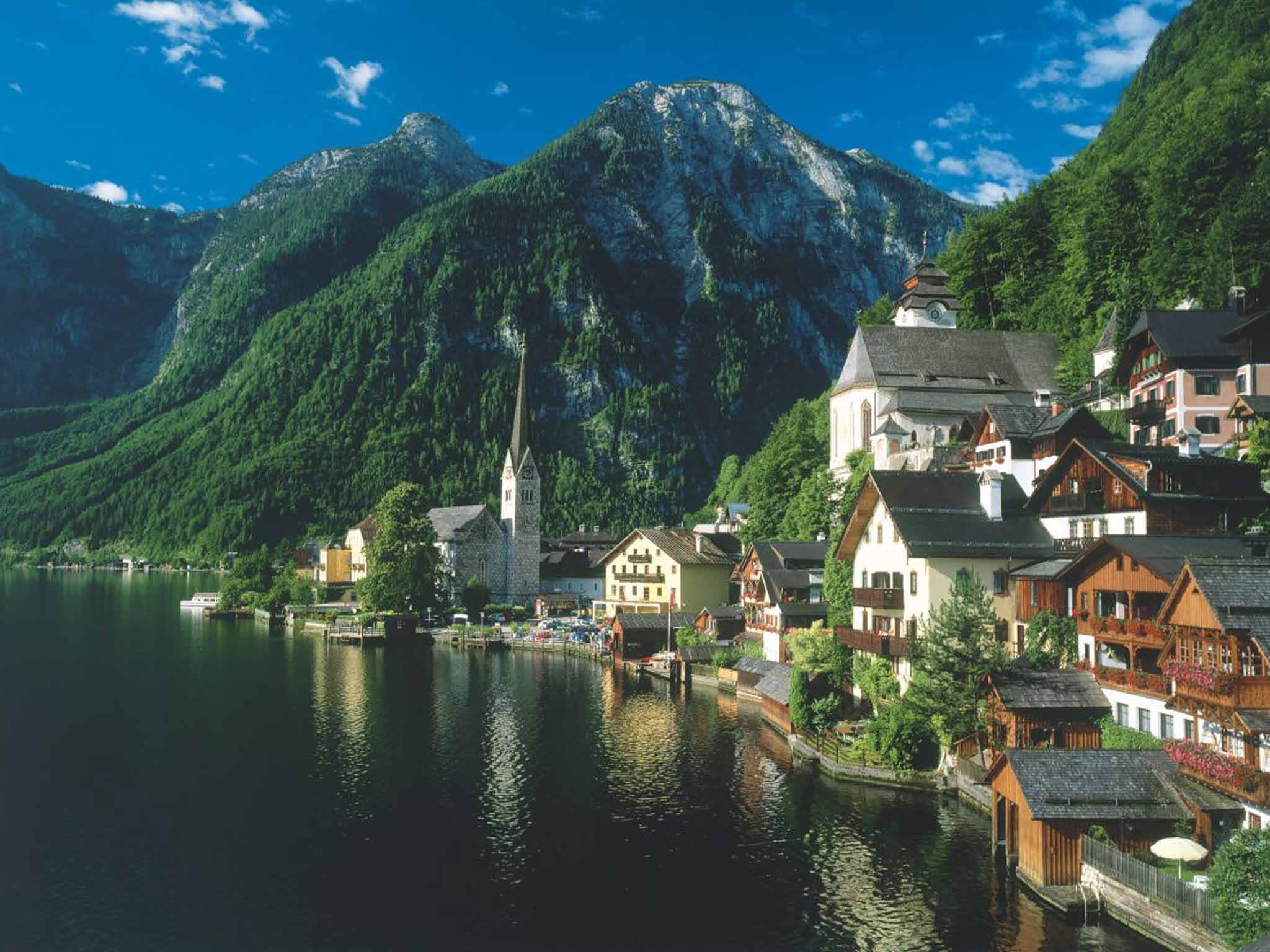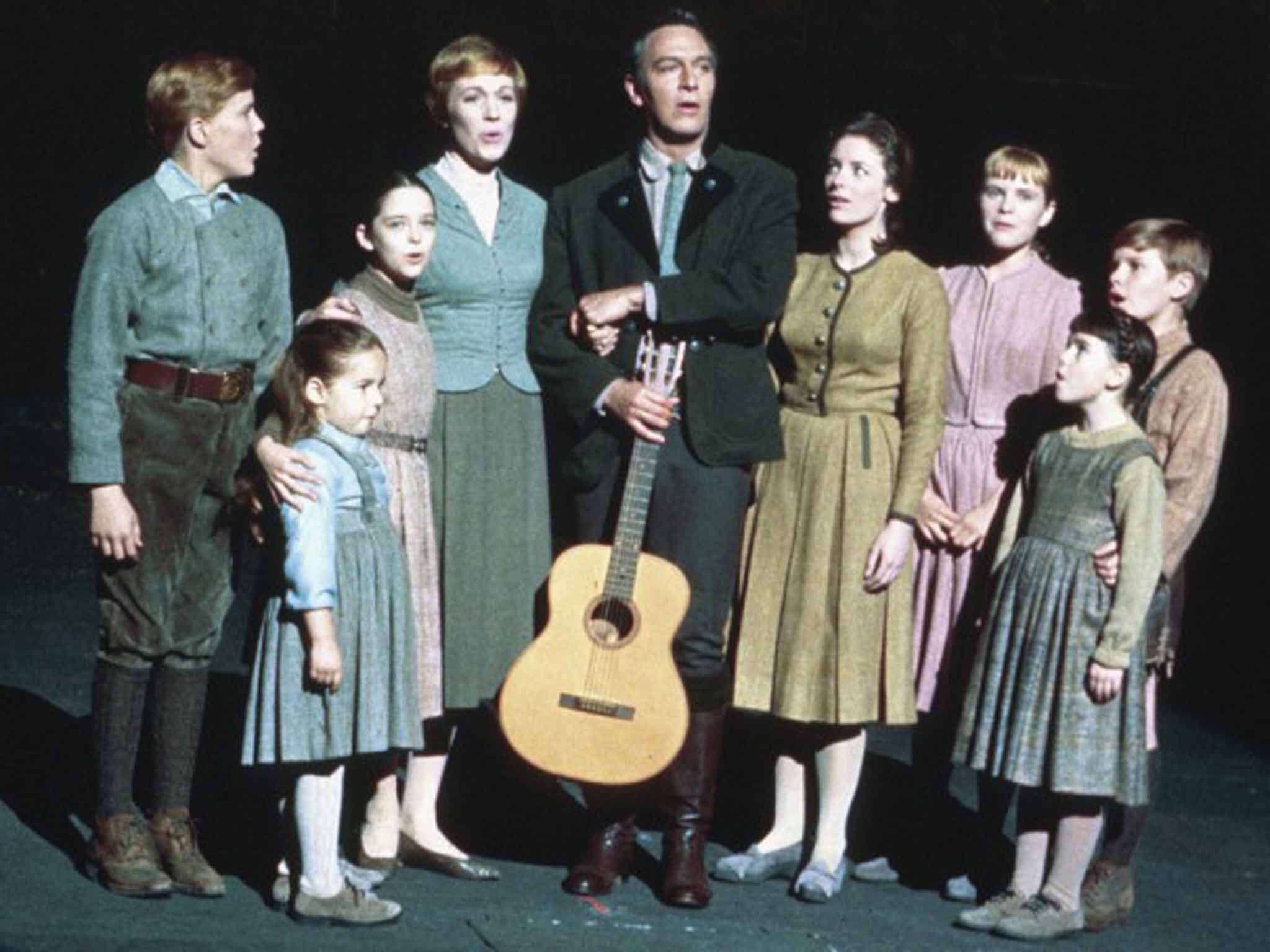Salzburg and The Sound of Music: Touring von Trapp country
A tour of Salzburg will have even reluctant film fans singing along, says David Whitley

Your support helps us to tell the story
From reproductive rights to climate change to Big Tech, The Independent is on the ground when the story is developing. Whether it's investigating the financials of Elon Musk's pro-Trump PAC or producing our latest documentary, 'The A Word', which shines a light on the American women fighting for reproductive rights, we know how important it is to parse out the facts from the messaging.
At such a critical moment in US history, we need reporters on the ground. Your donation allows us to keep sending journalists to speak to both sides of the story.
The Independent is trusted by Americans across the entire political spectrum. And unlike many other quality news outlets, we choose not to lock Americans out of our reporting and analysis with paywalls. We believe quality journalism should be available to everyone, paid for by those who can afford it.
Your support makes all the difference.On top of Untersberg, the ludicrousness of The Sound of Music becomes apparent. The distinctive, lopsided peak finds its way into the background of almost every Salzburg photo. It's also the escape route of the Trapp Family Singers at the end of the unshakeably popular film musical, which celebrates the 50th anniversary of its release on Monday.
There's one teensy problem – by crossing Untersberg to flee the Nazis, Maria and co are actually entering Bavaria. And heading straight for the "Eagle's Nest" mountain base, where Hitler and the Nazi high command spent much of the year. But this geographical flexibility hasn't damaged Salzburg's lure for the film's fans. The city may be Mozart's birthplace, but there tends to be more visitor passion for "The Lonely Goatherd" than for The Magic Flute.
It is this passion that makes Salzburg one of the few places where going on a big, mass-market bus tour is absolutely the right thing to do. Panorama Tours runs half-day trips around the main filming locations, offering a glimpse of the Nonnberg Abbey, where Maria is an ill-suited novice, and the Mirabell Palace gardens, site of the fountain-prancing during "Do-Re-Mi". But the people-watching is almost as fascinating as recognising what was filmed where. The buses pack in a broad range of nationalities, and the level of enthusiasm ranges from cult devotee to grouchy husband dragged along against his will.
Those in the former category may well include New Zealanders, dressed in traditional dirndls, who rush towards the gazebo from "Sixteen Going On Seventeen". It's much smaller than it looks in the film – studio trickery was used to give the actors playing Rolf and Liesl more space – and it is now locked, apparently after tourists trying to recreate the scene fell off the benches and broke their ankles.

The gazebo itself had to be moved as well, to Schloss Hellbrunn on the outskirts of the city. Originally it was by the lake outside the Leopoldskron Palace, but that's now a conference centre and attendees didn't appreciate Sound of Music fans turning up outside and singing. The tour bus still stops at the Leopoldskron lake, though. The exterior of the palace was one of two buildings used to double as the Trapp mansion. And the lake was the one Maria and the children fell into while waving to Captain von Trapp from a wobbling boat. The guide points out here that the youngest girl couldn't swim, and that Julie Andrews was supposed to hold on to her while going overboard. Unfortunately, the kids fell one way, and Andrews the other – leaving film crew members to dive in and save little Gretl.
But it's on the way out of Salzburg that the magic happens. The Salzkammergut is Austria's lake district, all photogenic hills and holiday villages, and it was the star of the montage of aerial shots at the film's start. The tour commentary gives way to the movie soundtrack and a full-scale sing-a-long. Everyone knows these unfightably infectious tunes – even the grumbling hubbies lighten up and, against their judgement, begin mouthing the words.
The final stop is in the small town of Mondsee, where the twin-towered basilica of St Michael stands proudly. The black and gold Baroque interior is instantly clockable as where Maria and the captain get married. Again, it was a stand-in: the nuns at Nonnberg wouldn't let Robert Wise, the director, film inside the abbey. The stunt-double locations are a fitting match for the dramatic licence taken with the Trapp family story. In reality, they just took a train to Italy instead of daringly escaping across the mountains.
Despite all the immediately recognisable parts of the city, the place with the closest connection to the real-life Trapps feels unfamiliar. The relatively modest Villa Trapp, in Aigen's suburbs, is where the family lived before they fled. It opened as a hotel in 2008. Period furniture remains, and the black and white photos of the family on the walls make it hugely atmospheric. Documents and belongings of the family have been recovered and displayed. It's wonderfully, pleasingly everyday. And the Hollywood gloss-free memories are as alive as the hills.
Getting there
You can fly to Salzburg from Birmingham, Bristol, Edinburgh, Gatwick, Leeds/Bradford, Liverpool, Manchester, Southampton and Stansted .
Visiting and staying there
Panorama Tours (00 43 662 87 40 29; panoramatours.com) offers a half-day Sound of Music tour for €40.
Villa Trapp (00 43 662 630 860; villa-trapp.cc) has doubles from €119, room only.
More information
The Sound of Music Companion – 50th Anniversary Edition by Laurence Maslon (published 5 March by Pavilion, £25).
Join our commenting forum
Join thought-provoking conversations, follow other Independent readers and see their replies
Comments